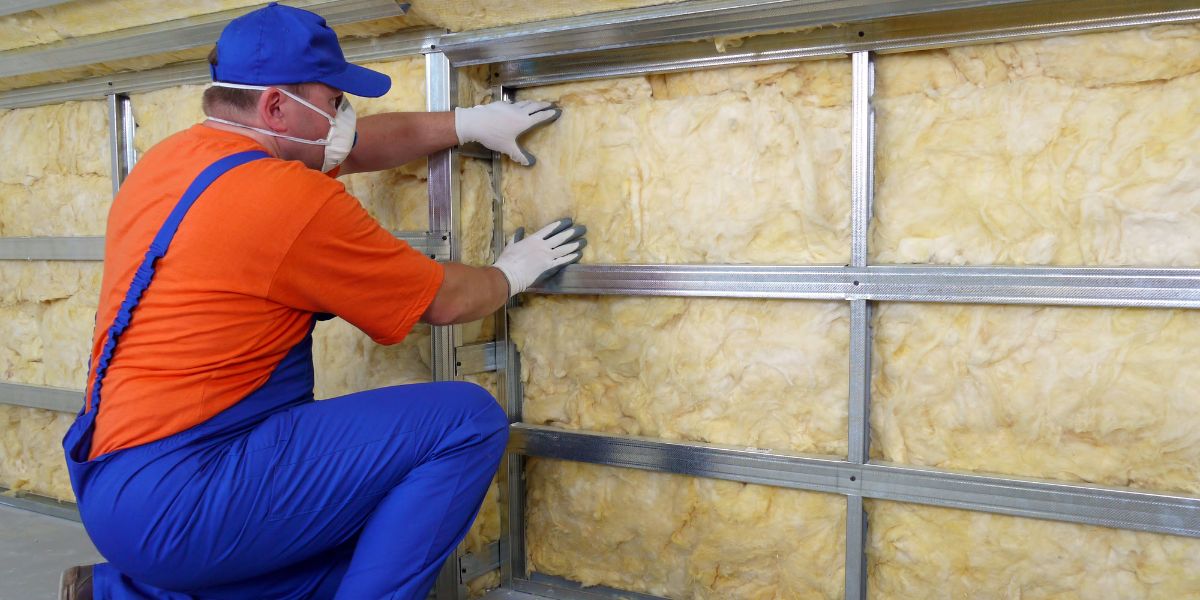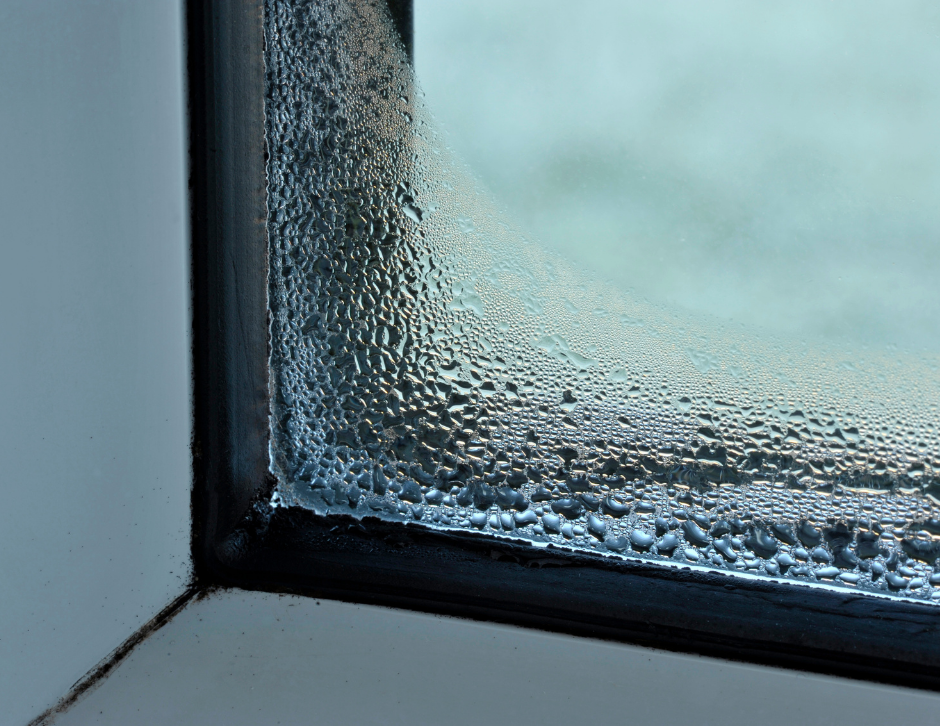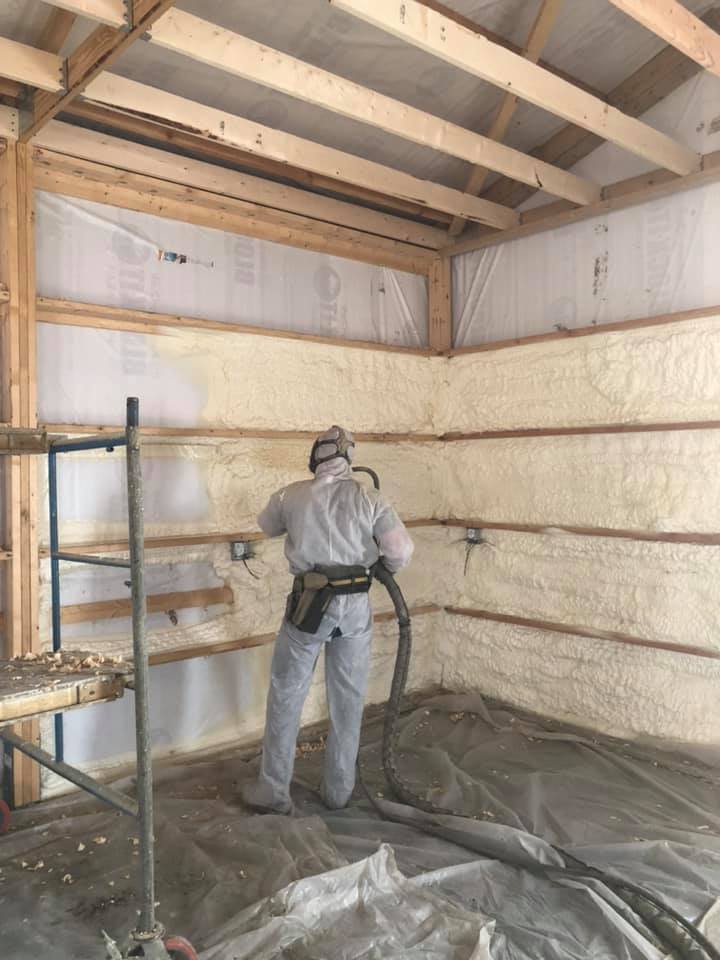by AdvancedSeal
Share
by AdvancedSeal
Share

Choosing the right insulation for your home or business in Indianapolis can impact energy efficiency, comfort and long-term costs. Two of the most common insulation types—spray foam and fiberglass—differ significantly in their R-value, application process, and overall performance. Understanding these differences is crucial for making the best decision for your property.
Understanding R-Value in Insulation
R-value measures an insulation material’s resistance to heat flow, with higher values indicating better insulating properties. Spray foam insulation generally offers a higher R-value than fiberglass, making it a more effective choice for maximizing energy efficiency. Open-cell spray foam has an R-value of around 3.5 per inch, while closed-cell spray foam boasts an impressive 6.0 to 7.0 per inch. In comparison, fiberglass batts typically range between 2.9 and 3.8 per inch. This difference means that spray foam can provide superior thermal resistance in a thinner layer, making it ideal for tight spaces and irregularly shaped areas.
Benefits of Spray Foam Insulation
Spray foam insulation creates an airtight seal, reducing heat loss and preventing air infiltration, which is a common issue with fiberglass batts. This results in lower energy bills and improved indoor air quality. Additionally, spray foam resists moisture, reducing the risk of mold growth and structural damage. For homes and businesses in Lafayette, Indiana, where seasonal temperature fluctuations can be extreme, spray foam insulation provides enhanced durability and energy savings. Although spray foam has a higher upfront cost, its long-term benefits in energy efficiency and reduced maintenance make it a cost-effective solution.
When Fiberglass Insulation is a Suitable Option
Fiberglass insulation is a budget-friendly and widely available option for homeowners and builders. It is easy to install and works well in areas where moisture is not a concern. While it has a lower R-value per inch than spray foam, it can still provide effective insulation when installed correctly. Fiberglass batts and rolls are ideal for large open areas and attics, where air sealing is not a primary concern. Additionally, fiberglass insulation is often preferred in commercial projects where cost control is a priority, as seen in Indiana commercial insulation applications.
Choosing the Best Insulation for Your Indianapolis Property
When selecting between spray foam and fiberglass insulation, consider factors such as budget, energy efficiency goals, and moisture resistance needs. Spray foam is the superior choice for maximum energy savings and moisture control, while fiberglass can be a practical alternative for cost-conscious projects. If you’re looking for expert insulation services in Lafayette, Indiana, working with a professional contractor ensures optimal results.
For tailored insulation solutions that enhance comfort and efficiency, trust Advanced Seal. Whether you’re upgrading an existing home or insulating a new construction project, our team can help you find the right insulation for your needs.
STAY IN THE LOOP
Subscribe to our free newsletter.
Discoloration and Dark Patches Insulation that looks uneven in color […]
Uneven Indoor Temperatures If one room is freezing while another […]
Indiana’s changing weather means homes face humidity, condensation, and temperature […]




